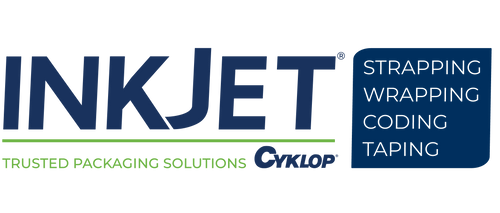How To Meet The FDA CBD Product Labeling Requirements
More commonly known by the abbreviation CBD, cannabidiol is a non-intoxicating cannabinoid from the hemp plant that was first discovered in 1940. However, it has become more popular and readily available since 2018 when the US government authorized the sale of hemp and hemp extracts across the country.
Used to produce everything from epilepsy medication to relaxation-inducing edibles, CBD’s popularity is expected to continue growing in the future as more people become aware of the potential benefits and new products hit store shelves. Many experts also predict that proposed legislation like the Hemp Access and Consumer Safety Act will help the market expand by approving CBD-containing products, such as dietary supplements, for nationwide sale.
With these exciting developments, many entrepreneurs are optimistic to join this evolving industry. Of course, as an over-the-counter (OTC) medical substance, CBD and CBD-containing products need to comply with federal and state-level labeling legislation to qualify for retail sale.
If you have questions about CBD product labeling requirements, here’s what you need to know.
Basic CBD Product Labeling Requirements
Although the CBD market itself is relatively new, many of the regulations that decide CBD-product labeling requirements have been in place for decades. For example, the Federal Food, Drug, and Cosmetic Act (FD&C Act), enacted in 1938 by the Food and Drug Administration, still sets basic labeling necessities for all food products, pharmaceuticals, and personal care products sold in stores today. Similarly, the Federal Trade Commission’s Fair Packaging and Labeling Act (FPLA) was enacted in 1967 and also sets essential label requirements that apply to all consumer commodities, including CBD products.
To comply with the FD&C Act and the FPLA, all CBD products must present the following information on their packaging:
- Statement of identity (i.e., the name of the product and a generic description of what it is)
- Net quantity statement, expressed in terms of weight or dosage count
- Title and the location of manufacturer or distributor
- Declaration of ingredients, listed in descending order of predominance
- Directions for safe use
- Warning labels
In addition to the requirements listed above, many states have issued their own CBD product labeling requirements to supplement federal regulations.
While it’s impossible to fit an exhaustive state-by-state list here, there are many label elements that are commonly seen across the board. Many of these elements are related to traceability and take the form of variable data like:
- Expiration date
- Manufacture date
- Lot code
- Batch number
Other common state labeling requirements include CBD volume and whether the CBD is isolated. Finally, many states also require a statement advising that the FDA has not evaluated the product for safety or effectiveness. For instance, Colorado's version of this statement reads, “FDA has not evaluated this product for safety or efficacy.”
How To Make Your CBD Products Retail-Ready
Faced with threats of fines and recalls, CBD companies need to take federal and state labeling requirements seriously. Fortunately, it isn’t difficult to incorporate most mandatory elements into a product’s stock label. Components like identity statements, manufacturer location, and ingredient lists are commonly included in the basic design of product packaging, allowing for easy code compliance.
However, by nature, variable data needs to be printed on a unit-by-unit basis. Information like expiration dates and lot numbers always vary based on when an individual unit was produced. As such, this information is best applied with the help of industrial marking hardware.
Devices like continuous inkjet printers (CIJ) and thermal inkjet printers (TIJ) offer users the ability to mark products moving at hundreds of meters per minute with the required text and machine-scannable codes, including QR codes. Further, both CIJ and TIJ models are capable of printing on a wide variety of substrates, including most materials used to package CBD today. Some of the most common materials include:
By combining a well-designed label with a high-speed printer, you can ensure that your CBD products meet federal and state regulations and are ready for public sale.
Looking To Improve Your CBD Packaging Processes? InkJet, Inc. Is Here To Help
With CBD products gaining in popularity, there’s never been a better time to enter the growing industry. However, with this evolving market comes several labeling requirements that are both strict and sometimes hard to follow because they often vary from state to state. Thankfully, with a good amount of research and the right equipment, CBD companies across the country can achieve code compliance. At InkJet, Inc., we can help on both fronts.
Staffed by a team of coding and marking experts, InkJet, Inc. has been helping companies in all industries comply with labeling legislation for over 30 years. Offering guidance, marking hardware, and a diverse range of inks for every application, the InkJet, Inc. team can help you prepare your CBD goods for sale nationwide. Call us today to learn more.
To learn more about how to comply with CBD product labeling requirements, contact us online today or call 1(800) 280-3245.



